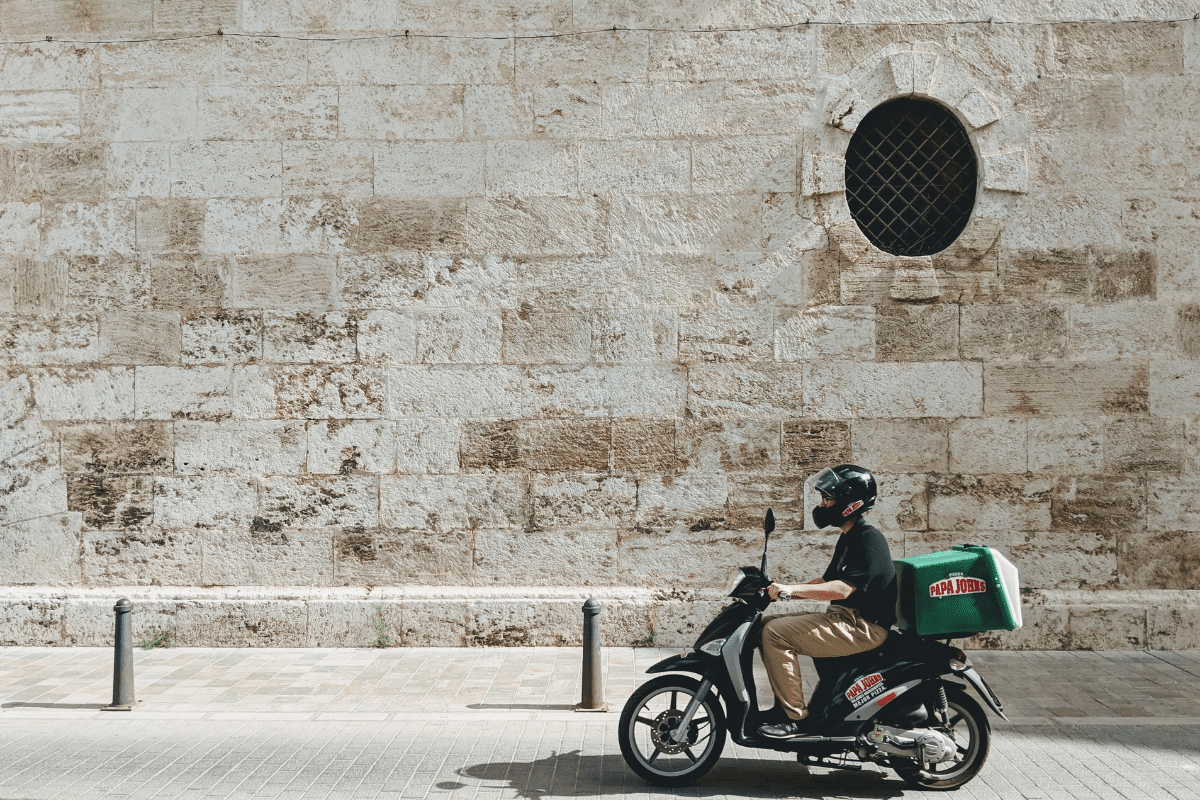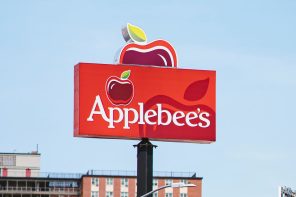Adir Michaeli, the owner of Michaeli Bakery in New York, is suing Grubhub, Uber Eats and DoorDash for charging more than the 20 percent delivery fee cap set by the New York City Council in 2020.
Michaeli believes he was routinely charged 25 percent or more even after the caps were put in place.
Michaeli's situation is just one example of the pickle many restaurants are in. Whilst third-party delivery services have been a lifeline for many restaurants during the pandemic, many independent operators, in particular, are struggling to make them financially practical. Despite local regulations in some cities capping delivery fees at 15 or 20 percent, Grubhub, Uber Eats and DoorDash are still accused of charging over the limit.
Like many restaurants, Michaeli can’t afford an in-house delivery driver, but he thinks 20 percent is a fair fee for the services of the third-party delivery service.
Whilst the delivery scene is different for chains than independents, some chains are trying to break away from third-party delivery. Portillo’s, for example, is switching to a combined in-house and third-party delivery service.
Portillo’s CEO Michael Osanloo approached his senior leadership team and asked why he can’t give those third-party orders to his own employees.
Within a matter of days, Portillo’s started its own delivery in-house service, creating new positions for existing employees, helping with staff retention.
Despite its success, the brand isn't in-house delivery only. Orders under a certain amount are still directed to DoorDash as they're deemed not financially worth it for the restaurant to deliver.
Portillo’s hired, certified, trained and equipped 300 drivers across its 65 chains, with 75 percent of new drivers being existing employees that cross-trained.






